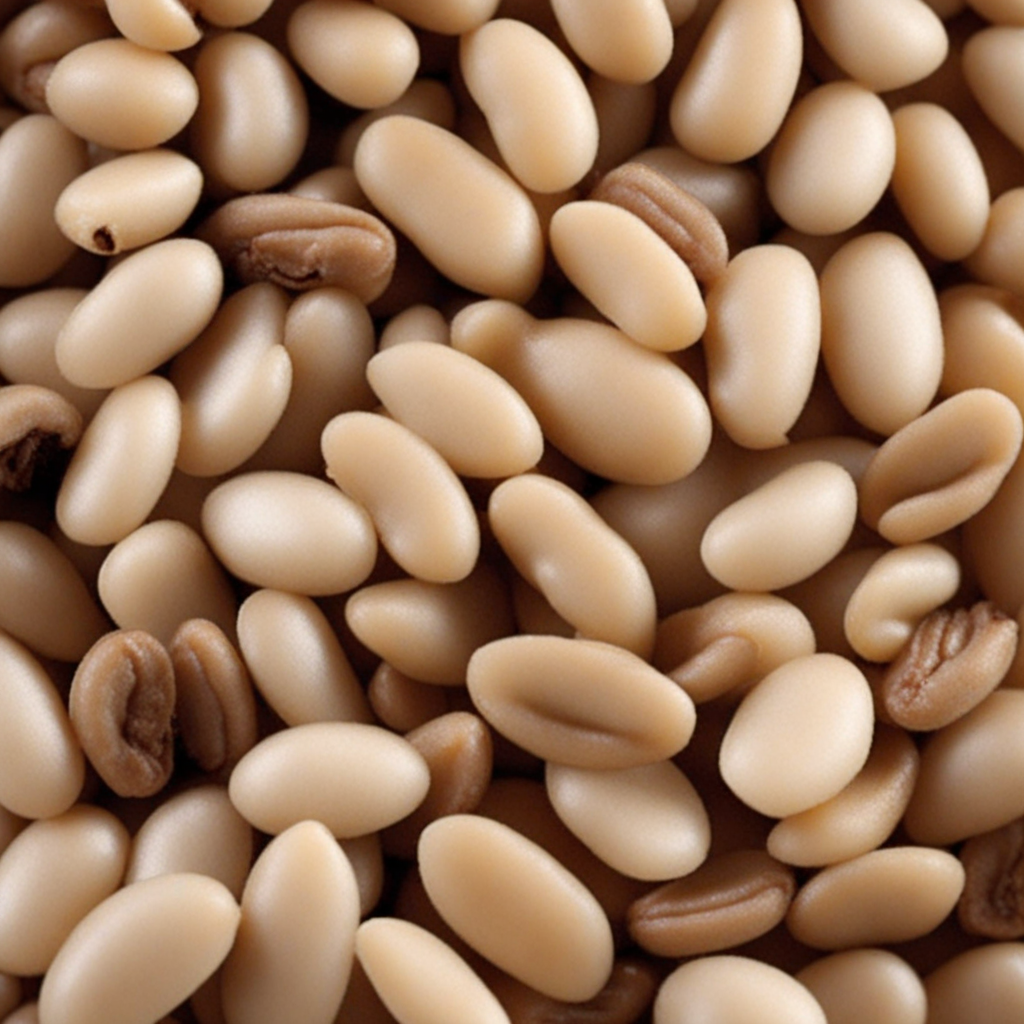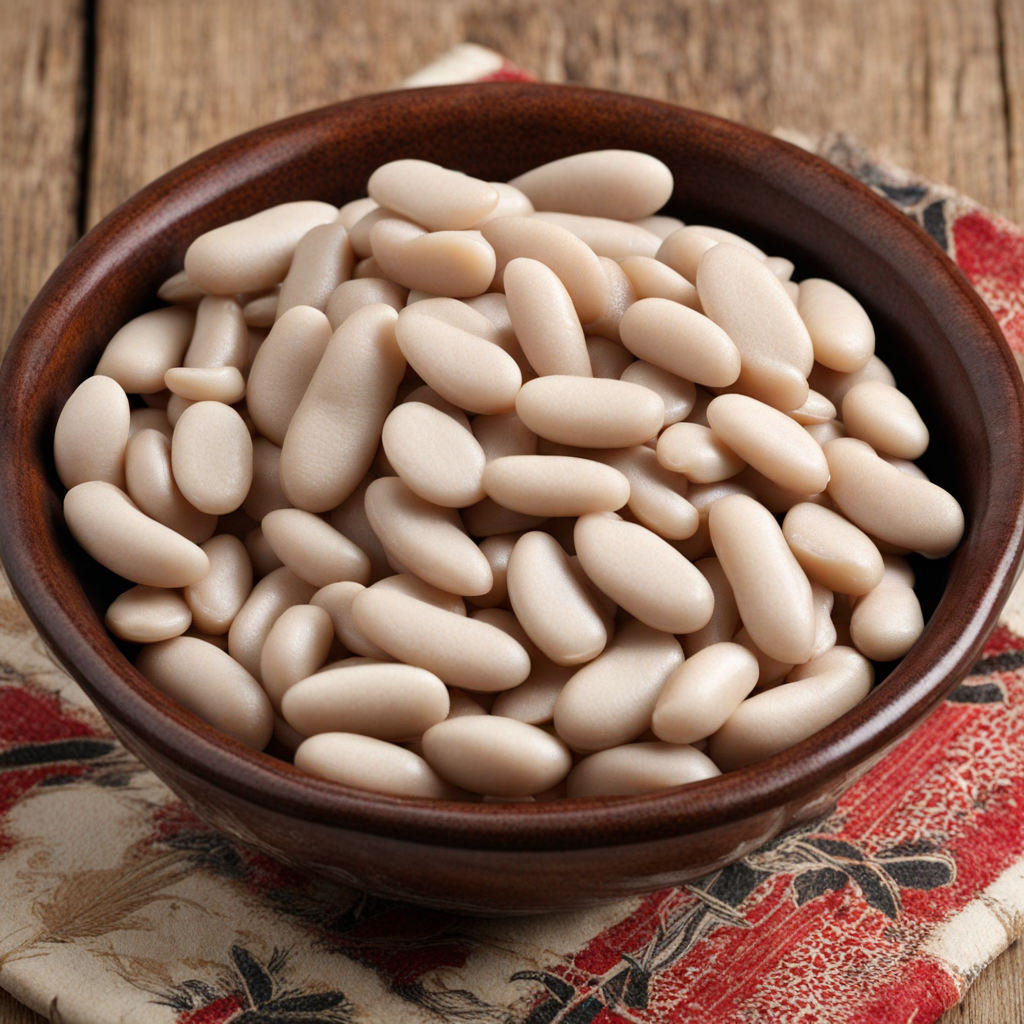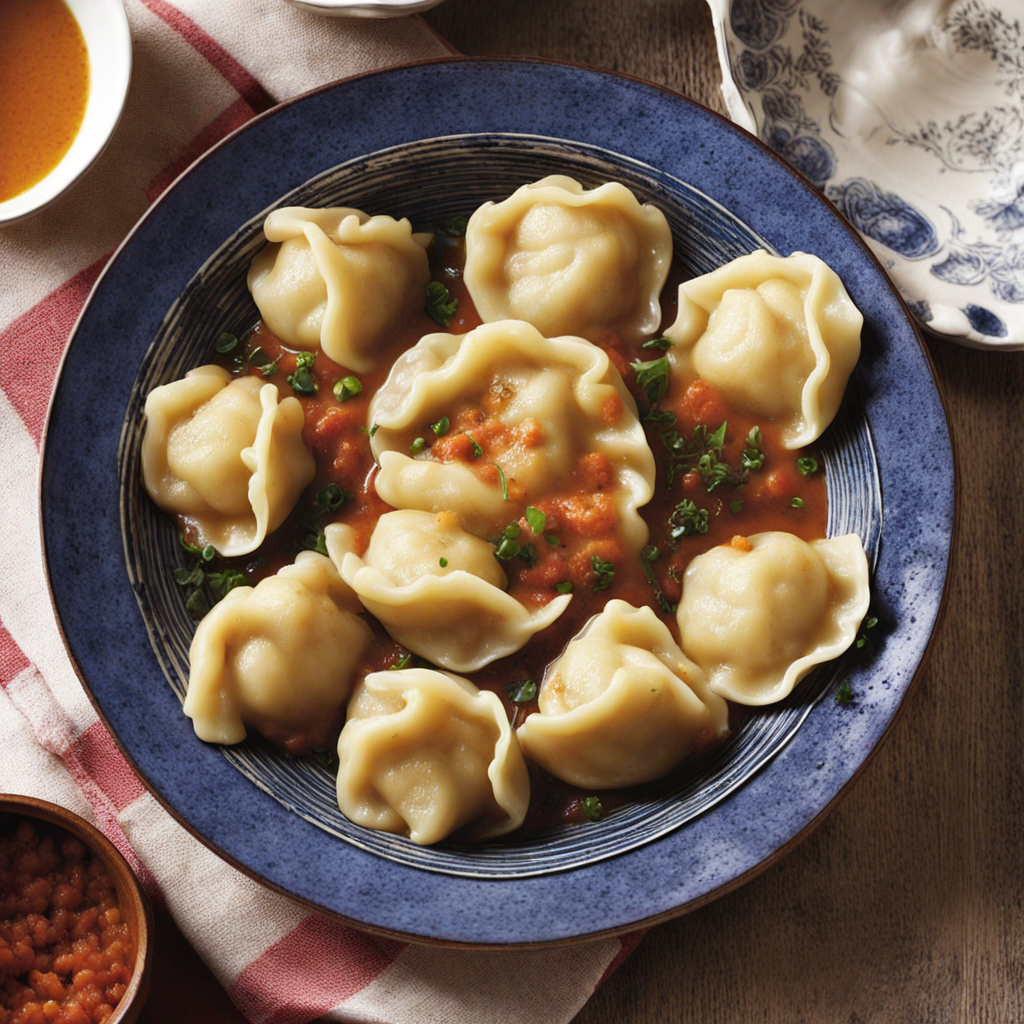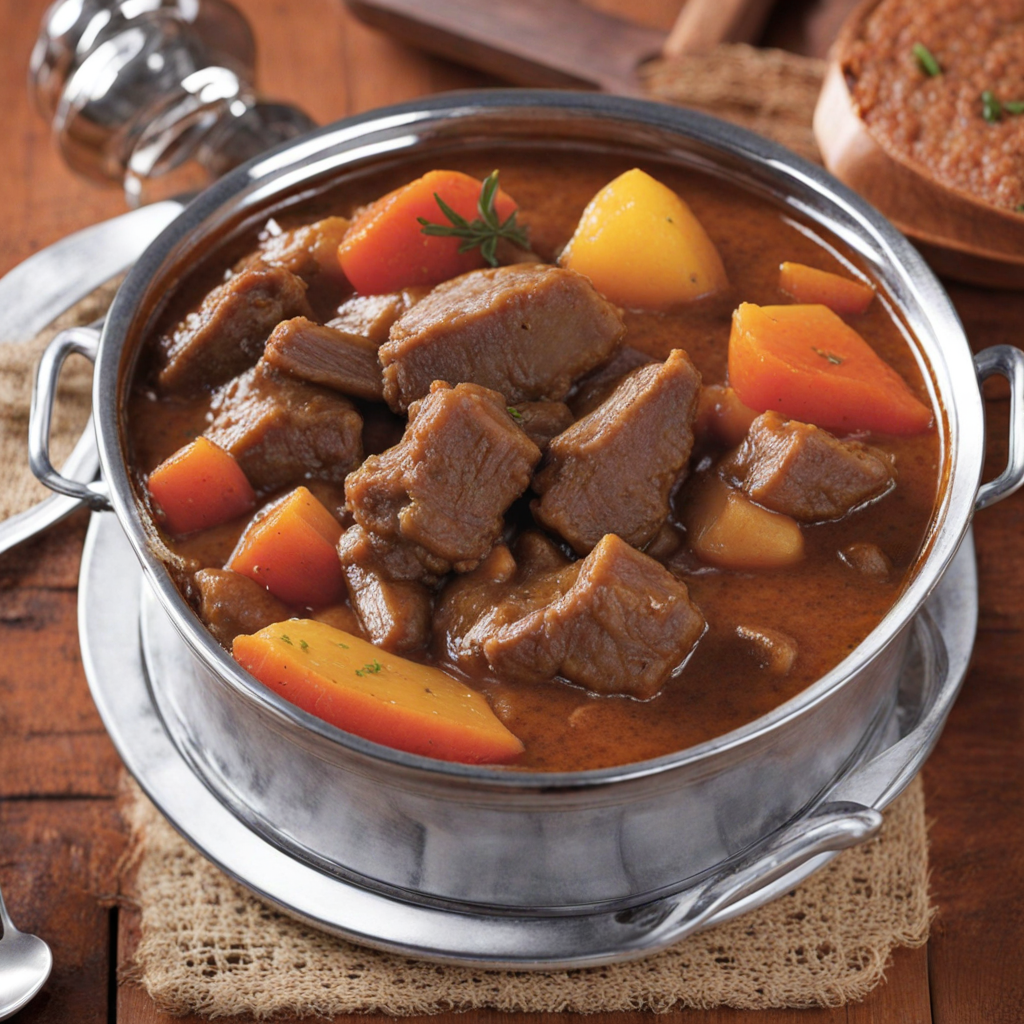Sugar Beans
Sugar beans, also known as 'sugar snap beans', are a delightful legume native to South Africa, celebrated for their sweet, tender pods and versatility in cooking. With their vibrant green hue and crisp texture, these beans offer a unique sweetness that sets them apart from other varieties. The flavor profile is subtly sweet with a hint of earthiness, making them an excellent addition to a wide range of dishes, from salads to stews. Their natural sweetness is particularly pronounced when they are harvested young, allowing you to enjoy them raw or lightly cooked, preserving their delightful crunch and flavor. In South African cuisine, sugar beans are often celebrated for their nutritional benefits, as they are high in protein, fiber, and essential vitamins. They can be incorporated into traditional dishes such as 'bobotie' or 'bunny chow', adding a nutritious element while complementing the spices and flavors of the meal. Furthermore, sugar beans are commonly used in various salads, where their sweet notes can enhance the overall taste, pairing beautifully with ingredients like feta cheese, cherry tomatoes, and fresh herbs. Cooking sugar beans is a simple yet rewarding process. They can be boiled, steamed, or sautéed, and their versatility allows them to complement both vegetarian and meat-based dishes. A popular method is to toss them in olive oil, garlic, and a sprinkle of lemon juice, creating a refreshing side dish that can elevate any meal. As you explore the flavors of South African cuisine, sugar beans will undoubtedly offer a unique and delicious experience, showcasing the beauty of this lesser-known yet incredibly satisfying legume.
How It Became This Dish
The History of Sugar Beans in South Africa Sugar beans, known scientifically as *Phaseolus vulgaris*, are a variety of common beans that play a significant role in the culinary landscape of South Africa. They are often celebrated for their sweet flavor, tender texture, and nutritional benefits. The journey of sugar beans from their origins to their current status in South African cuisine is a fascinating tale of agricultural evolution, cultural significance, and evolving culinary practices. #### Origins and Early Cultivation The history of sugar beans can be traced back thousands of years to the Americas, where various species of beans were cultivated by indigenous peoples. The common bean, from which sugar beans derive, is believed to have been domesticated in regions now known as Mexico and Peru around 7,000 years ago. Spanish colonists introduced beans to Europe in the 16th century, and they subsequently spread to Africa and other parts of the world. In South Africa, beans have been cultivated for centuries, particularly by indigenous communities. The introduction of sugar beans to South Africa is believed to have occurred during the colonial period when European settlers brought different varieties of beans to the Cape. The warm, diverse climates of South Africa, particularly in the Free State and Mpumalanga provinces, proved conducive to growing these legumes. #### Cultural Significance Sugar beans quickly became integrated into the traditional diets of various South African communities. For many rural households, legumes, including sugar beans, provided a vital source of protein, especially in regions where meat was scarce or expensive. Their inexpensive nature and adaptability to various growing conditions made them a staple in many diets. In addition to their nutritional value, sugar beans also hold cultural significance in various South African communities. In Xhosa and Zulu cultures, beans are often included in traditional dishes served during celebrations and communal gatherings. They symbolize abundance and community, as meals prepared with sugar beans are often shared among family and friends, reinforcing social bonds. Sugar beans are also featured prominently in local festivals and markets, where they are sold alongside other traditional foods. Their bright color and sweet flavor make them a favorite ingredient in many traditional dishes, from stews to salads, showcasing the versatility of this legume. #### Culinary Evolution As South Africa's culinary landscape evolved, so did the use of sugar beans. Traditionally, they were prepared in simple ways, often boiled and served with a starch like maize meal or rice. However, with the influence of global cuisines, sugar beans began to be incorporated into a variety of recipes, reflecting the country's multicultural society. In urban areas, sugar beans are often used in contemporary dishes that blend traditional flavors with modern cooking techniques. For example, they are included in vegetarian and vegan recipes, where they serve as a protein-rich substitute for meat. Chefs and home cooks alike have embraced sugar beans in salads, soups, and even as a filling for wraps and tacos, showcasing their adaptability to various culinary styles. Furthermore, the rise of health consciousness among South Africans has led to an increased interest in legumes, including sugar beans, as part of a balanced diet. Their high fiber content, low glycemic index, and rich supply of vitamins and minerals make them an attractive ingredient for those seeking healthy eating options. #### Agricultural Developments The cultivation of sugar beans in South Africa has undergone significant changes over the years, driven by advancements in agricultural practices and a growing demand for food security. Research institutions and agricultural organizations have worked to develop improved seed varieties that are more resistant to pests, diseases, and climate change. These innovations have allowed farmers to increase their yields and maintain the sustainability of sugar bean production. As South Africa grapples with the challenges of climate change, the importance of resilient crops like sugar beans has become even more pronounced. Farmers are increasingly encouraged to rotate crops and integrate legumes into their farming systems, improving soil health and reducing reliance on chemical fertilizers. #### Modern Popularity and Global Recognition In recent years, sugar beans have gained recognition beyond South Africa's borders. They are increasingly featured in international markets as more people discover their culinary potential and health benefits. This growing interest has led to increased production and export opportunities for local farmers, contributing to the economy and promoting sustainable agricultural practices. Culinary events and food festivals in South Africa now highlight sugar beans, celebrating their versatility and cultural significance. Chefs are experimenting with innovative recipes that honor traditional flavors while appealing to contemporary palates. Dishes such as sugar bean curry, sugar bean hummus, and sugar bean salads are finding their way onto menus across the country and even in international culinary circles. #### Conclusion The journey of sugar beans in South Africa is a rich tapestry woven with history, culture, and culinary innovation. From their origins in the Americas to their status as a beloved ingredient in South African households, sugar beans have played a crucial role in the dietary practices of many communities. Their adaptability in the kitchen and significance in cultural traditions continue to ensure their place in the hearts and plates of South Africans. As the world becomes increasingly aware of the importance of sustainable and nutritious food sources, sugar beans stand out as a beacon of health, flavor, and cultural heritage. They are not just a food item; they are a symbol of community, resilience, and the enduring connection between people and the land. The future of sugar beans in South Africa looks bright, promising new culinary adventures and continued cultural significance for generations to come.
You may like
Discover local flavors from South Africa







